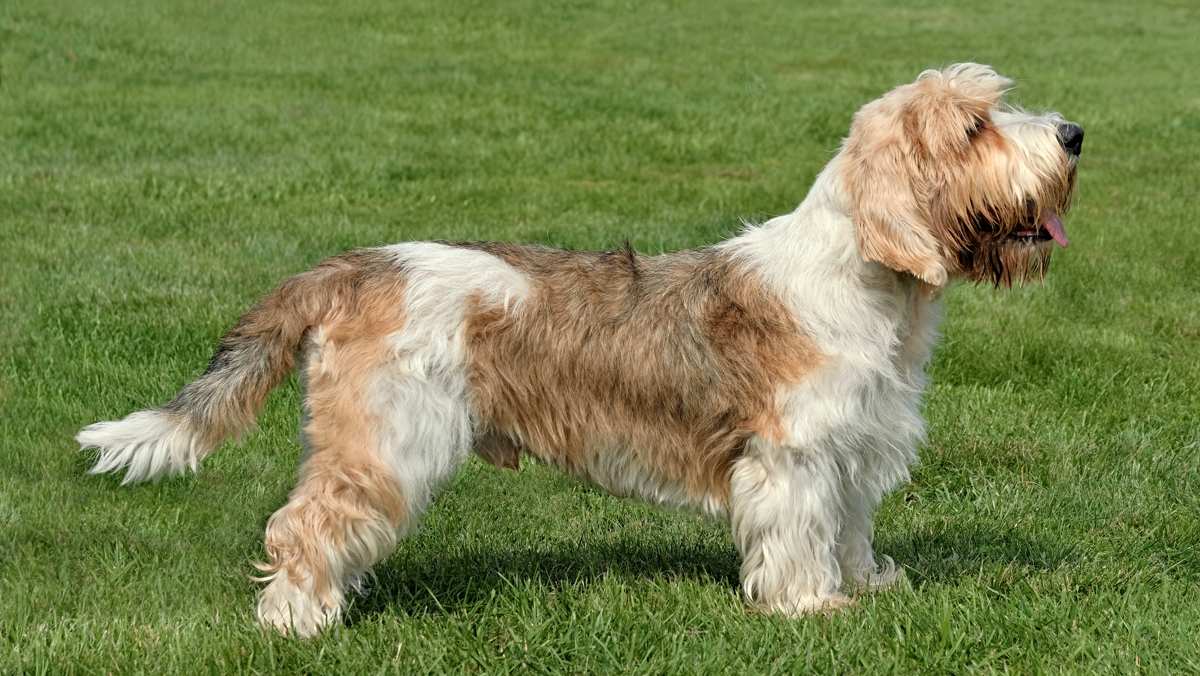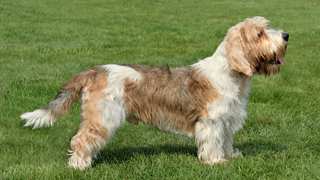This is an excellent hunting dog that, as her name suggests, works well in packs. Long bred in France, the Petit Basset Griffon Vendeen (PBGV) remains one of the most remarkable pack hunters.
As the PBGV is extremely smart and has hundreds of years of blood memory when it comes to hunting, training these dogs is easy for the experienced owner. For those who are getting their first dog and are patient, you'll find them easy to train too.
The laid-back behavior of this hound is for two reasons. One is that, if you live in an urban or suburban area, she will be waiting for squirrels, cats, and other little animals to chase. The other reason is to reserve energy for a real hunt, and this is more often appreciated with proper training and socialization.
While these short-legged dogs will certainly like lazing around all day, they do need to exercise a bit more than most dogs. To let them lie around will, in time, prompt them to find ways to burn pent-up energy in ways you won't like. They are strong, and they can be highly active — but if you don't take them hunting, you'll find that they'll suddenly not be lazy in a most destructive way. Be sure to set aside an hour or two daily to make sure they get some exercise.

